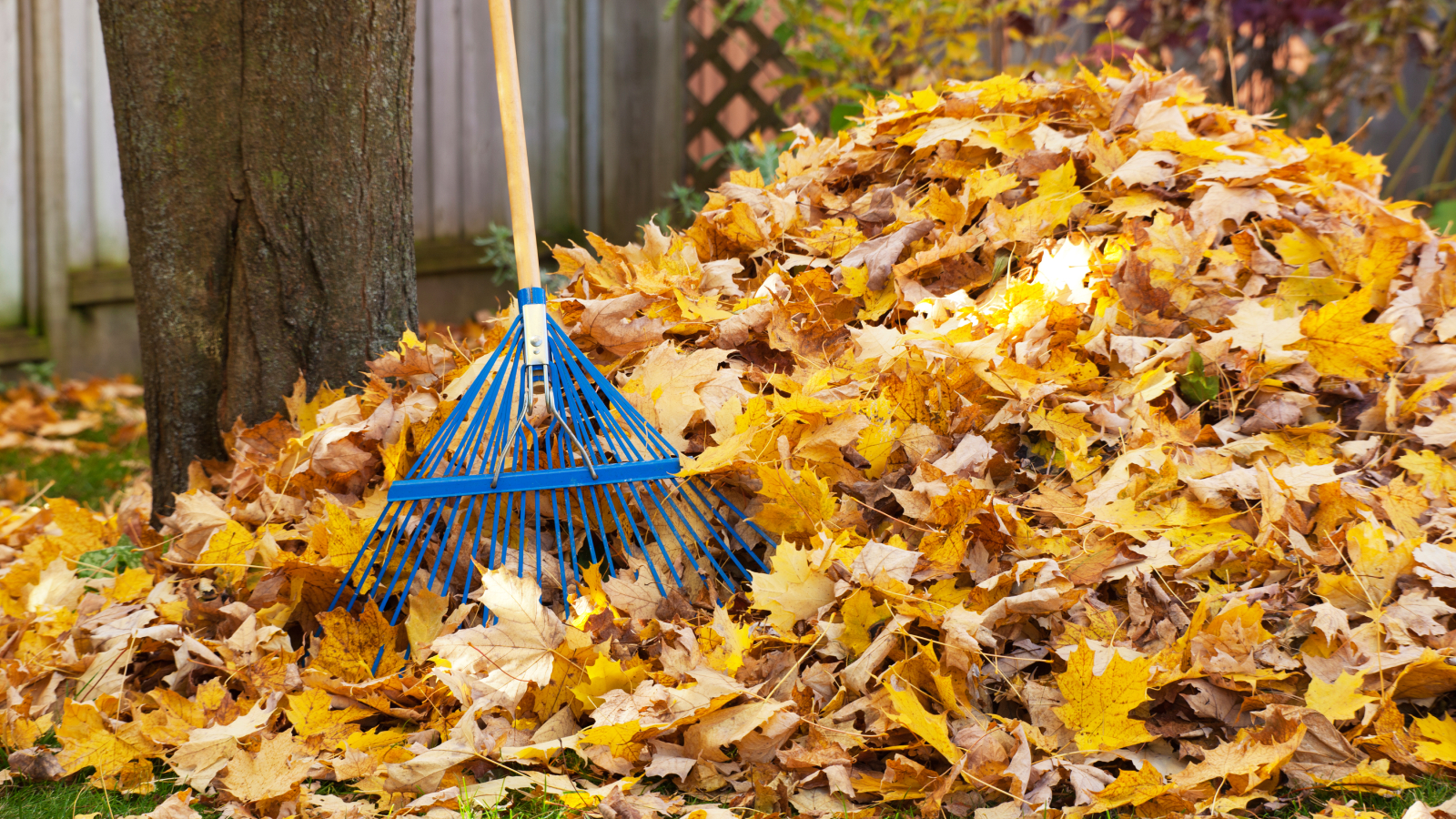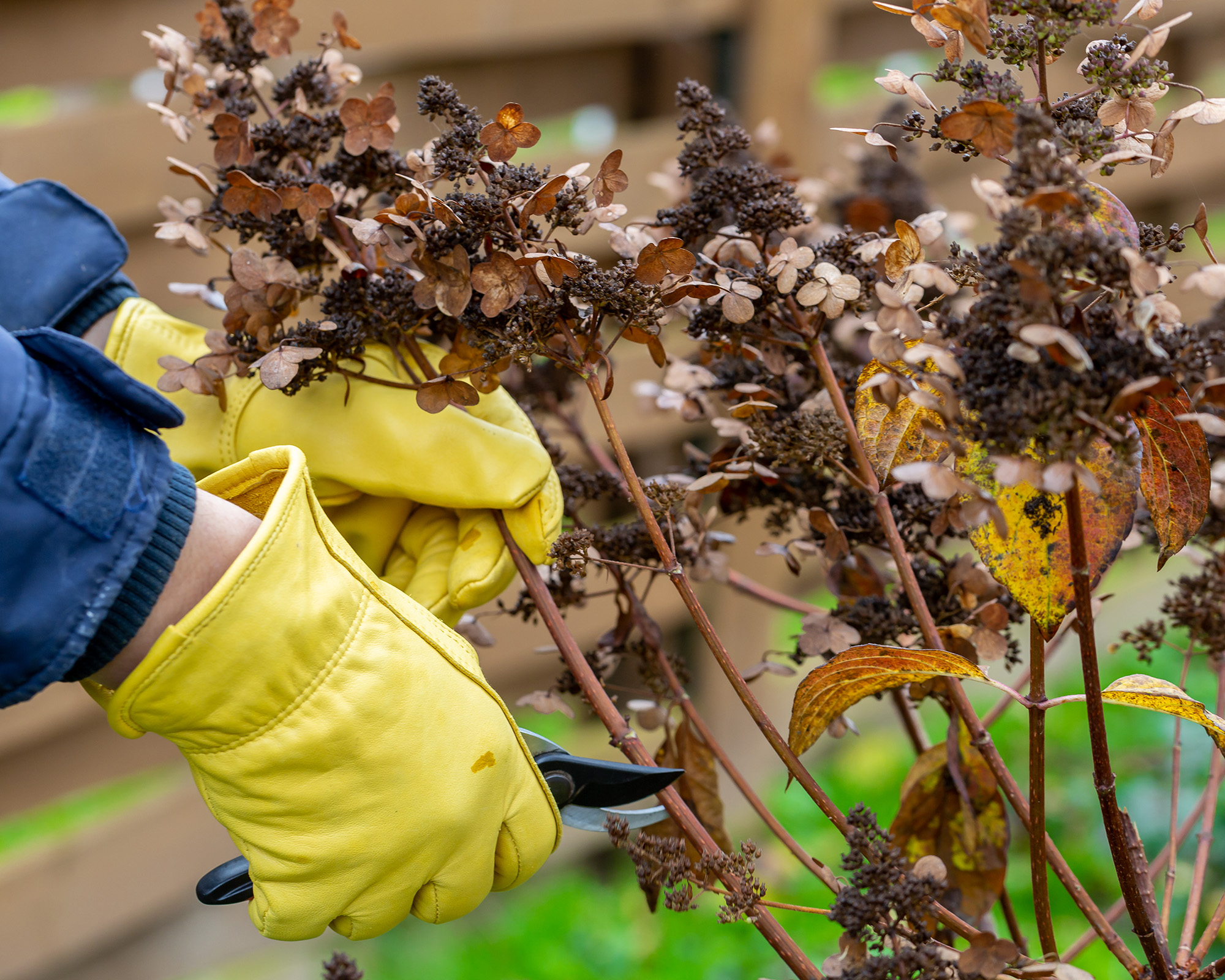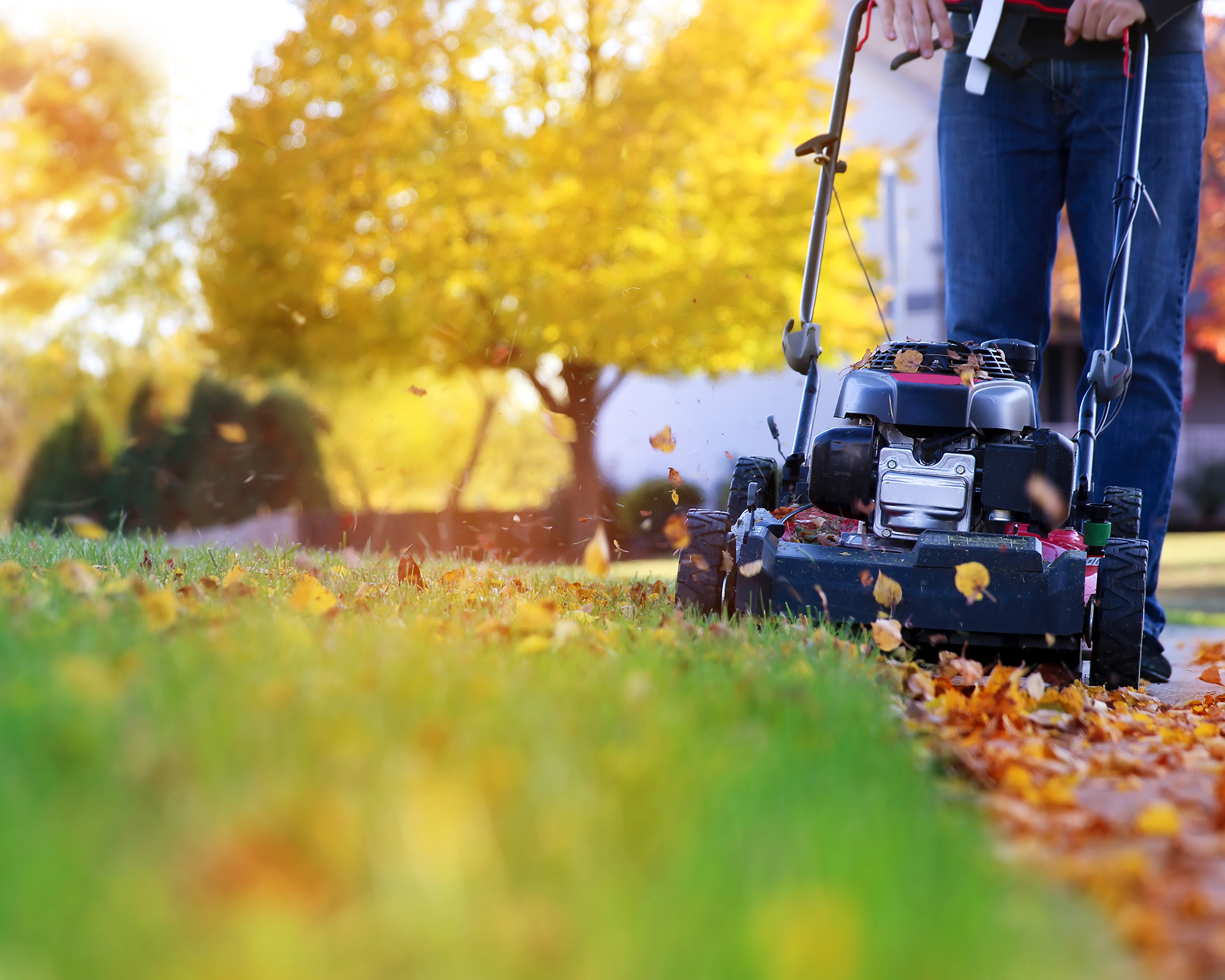5 Garden Tidying Jobs You Need To Stop Doing Now – Lazy Gardeners, Rejoice!
It's hard work to keep everything neatly trimmed and clear of natural debris – and it can also do more harm than good to your garden.


Did you know that your garden can be too tidy? It's hard work to keep everything neatly trimmed and clear of natural debris – and it can also do more harm than good.
Not only do plants rely on letting nature take its course in each season, but wildlife depend on a certain amount of 'wildness' in order to thrive. Too much human intervention when cleaning up the garden can damage the balance of biodiversity.
So, put down your rake and your pruning shears – and find out where you can save valuable energy when performing your winter garden chores.
1. Stop raking leaves
Raking the lawn and bagging up all the leaves in the yard feels like something we should do because it looks tidy. However, you will be depriving your lawn of essential nutrients and negatively impacting the environment.
According to the EPA, 10.5 million tons of yard trimmings are sent to landfill every year. Not only are leaves taking up a lot of space, but when mixed with other organic waste they can break down and produce harmful methane.
However, leaf matter is a wonderful source of nitrogen and organic matter that feeds the grass and enables it to develop strong root systems. It also helps to keep moisture in the soil and suppress weeds.
In addition, raking your lawn can be bad news for wildlife in the garden as it destroys the home and food source of many insects. They are valuable winter food for birds and other animals.
Sign up for the Gardening Know How newsletter today and receive a free copy of our e-book "How to Grow Delicious Tomatoes".
Instead of raking your leaves, give them a couple of passes over with the lawn mower to help them to break down more quickly – you're looking for dime-sized pieces. Do this when they are dry to avoid clogging up the mower.
If needed, you can then use a rake to help distribute the leaves to bare areas of the garden that would benefit from coverage.
The exception to the rule is when you have excessive amounts of leaves that are forming a thick carpet or large piles. In this case, remove the additional leaves and use them to make leaf mold, which is a fabulous soil conditioner.
To do this, spread out the leaves and mow over to break down. Then, store in large garbage bags in a dry spot away from the sun. You will need to poke some holes in the bags to allow air circulation. Leave for around six months, then spread over your garden beds and watch your plants flourish.

2. Stop deadheading everything
While deadheading plants over the summer will encourage new blooms to appear, doing it once the plant is done flowering for the season can have a detrimental effect on wildlife. Indeed there are many perennials not to cut back in the fall.
Seed heads in particular are a vital food source for birds and other wildlife, while the fading plant matter makes the perfect home for many beneficial insects, including bees.
In addition, many seed heads give interest to the winter garden – hydrangeas, sea holly, black eyed Susan, alliums, and globe thistles are just a few that will add drama to your flower beds.
Leave old growth until later winter or early spring, then you can cut back as new shoots begin to appear.
3. Stop cutting back hedges
While some pruning of hedges may be necessary for safety and accessibility concerns, cutting them right back should be avoided before the onset of winter.
Animals take refuge in hedges, and removing too many branches and leaves impacts their ability to safely shelter.
Most hedges will need to be pruned between early spring and late summer, during the growing season. However, before making the cut it is vital to first check that there are no nesting birds present.
The exception to the no-cut rule is where foliage is diseased. Remove this plant material and dispose of it, to prevent it from spreading.

4. Stop mowing your grass too short
When winterizing lawns, It’s long been common practice to give them a short haircut before the onset of frosts. However, this can have a detrimental effect on the grass plants, damaging the roots and putting too much pressure on the plants to regenerate. It also makes it hard for them to get the full benefit of the sun.
The ideal length to cut grass before winter is around 2.5 to 3 inches. Mowing the lawn shorter than this may not kill the grass, but it will mean the lawn needs to spend spring recovering, so won’t be as thick and lush. This will make it easier for weeds to take over.
In general, when mowing the lawn you should not cut blades by more than one third in one go. If you have let it get too long then you need to mow it over two or even three sessions.
Stop cutting your lawn once the cold weather has set in and the lawn’s growth has slowed down. Then, you can rest your mowing muscles until early spring.

5. Stop clearing away sticks and branches
Sticks and old branches make excellent homes for insects, so don’t remove all this natural material from your garden.
Typically people send this matter to landfill or attempt to compost it, but it takes a long time for it to break down – so use it to support biodiversity instead.
Smaller sticks and twigs can be left where they are, or gathered into a pile, while larger branches can be moved to a quiet corner of the garden. You can even build a dead hedge that doubles as a fence and a shelter for beneficial bugs and critters. It won't take long for the local wildlife to set up home.
You could even build a bug hotel to provide a dedicated home for little critters. Use old bricks for structure and add bundles of sticks; drill holes into branches; and fill tubes with straw.
Expect to attract such beneficial insects as solitary bees, ladybugs, and hoverflies to your hotel.

Melanie is an experienced gardener and has worked in homes and gardens media for over 20 years. She previously served as Editor on Period Living magazine, and worked for Homes & Gardens, Gardening Etc, Real Homes, and Homebuilding & Renovating. Melanie has spent the last few years transforming her own garden, which is constantly evolving as a work in progress. She is also a passionate organic home grower, having experimented with almost every type of vegetable at some point. In her home, Melanie tends to an extensive houseplant collection and is particularly fond of orchids.